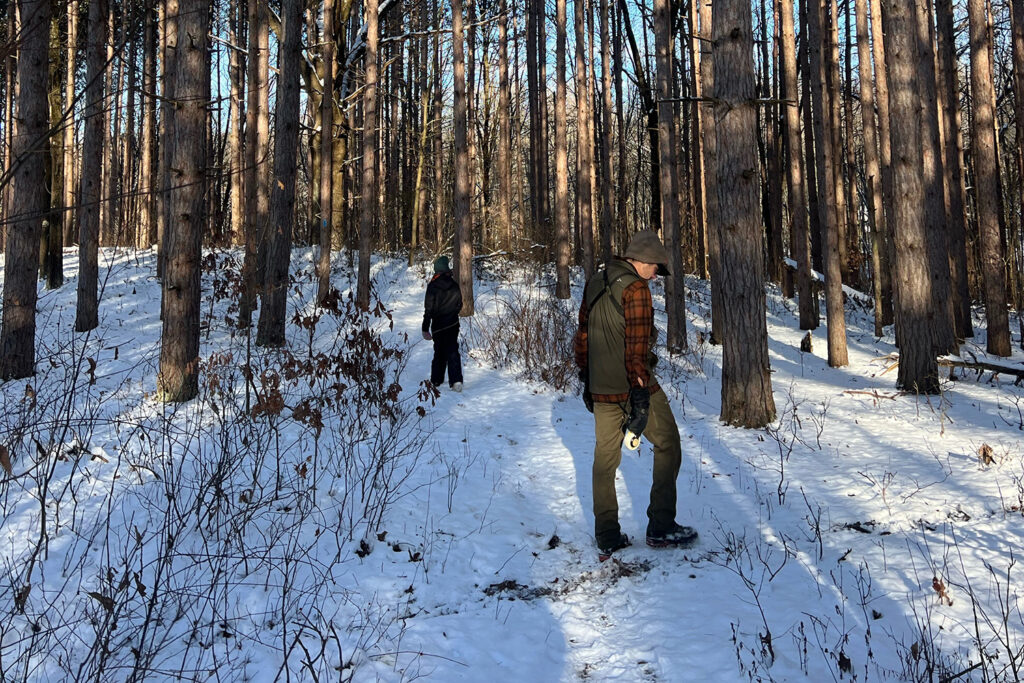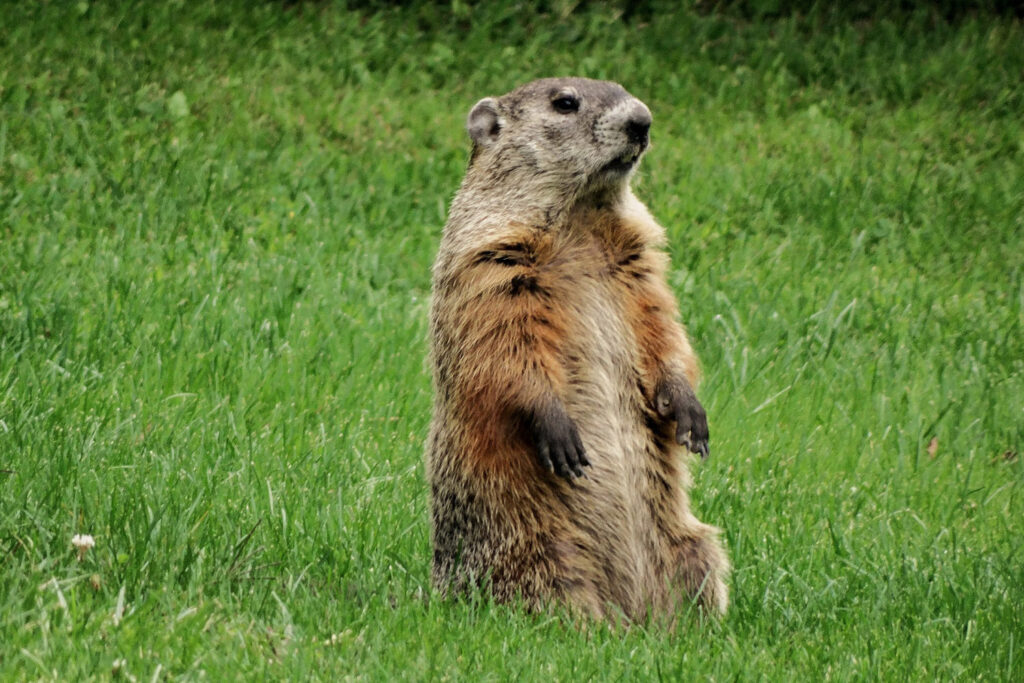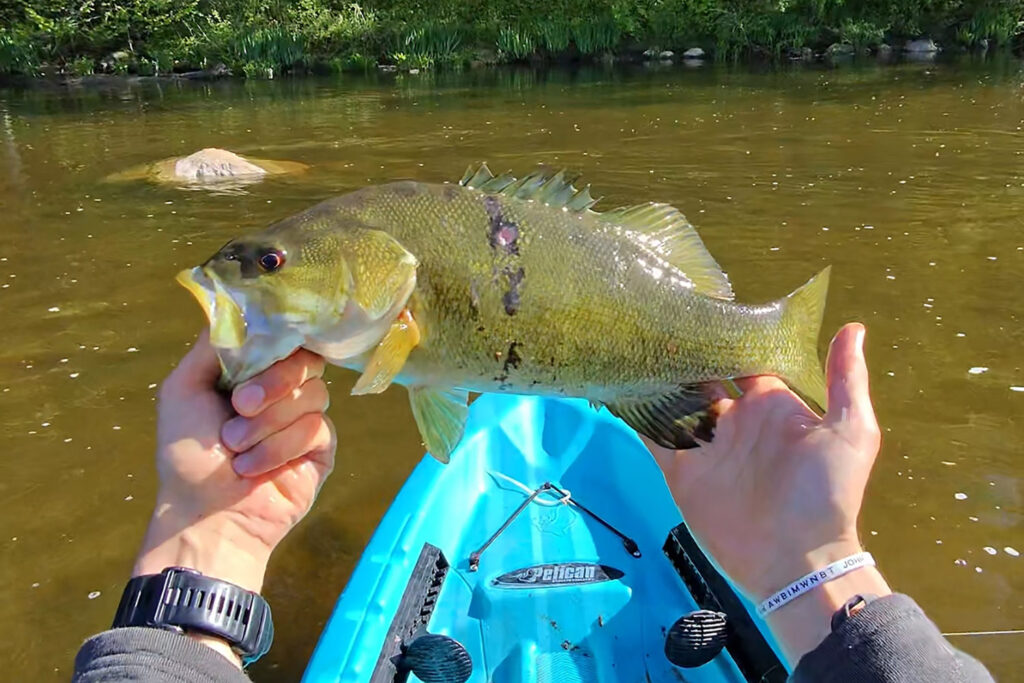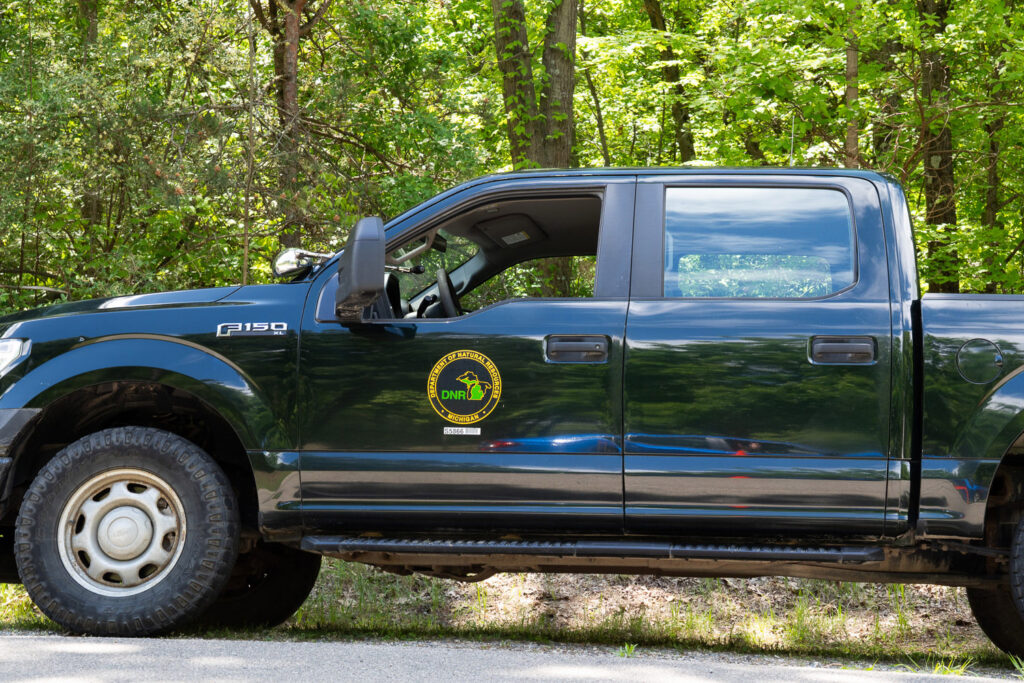These next few weeks are what tend to make or break people from Michigan. The sun is still setting early, and the skies are cold and gray. The holidays are long over, college and NFL games are done for the season.
As a deer hunter, my season is also over and won’t be back for a while. One of the few things that will keep me outside at this time of the year is shed hunting—finding the antlers that bucks naturally lose this time of year.
Finding excuses to stop scrolling through Instagram and facing the cold winter weather is hard this time of year. It’s much easier to put on a pair of sweatpants and watch yet another episode of Severance.
But we need the wind, the sun (when it comes out), and fresh air. Human beings need to be outside, regardless of how warm or cold it is. As my snowmobiling uncle likes to say: “There is no such thing as bad weather. There is only the wrong gear.”
There’s also something about finding an antler in the middle of nowhere. It could be a big, gnarly five-point or a small fork barely sticking out of the snow, it doesn’t matter. When I spot one, I get a rush. It’s the same for my dog, who goes nuts for the antlers when we find them.
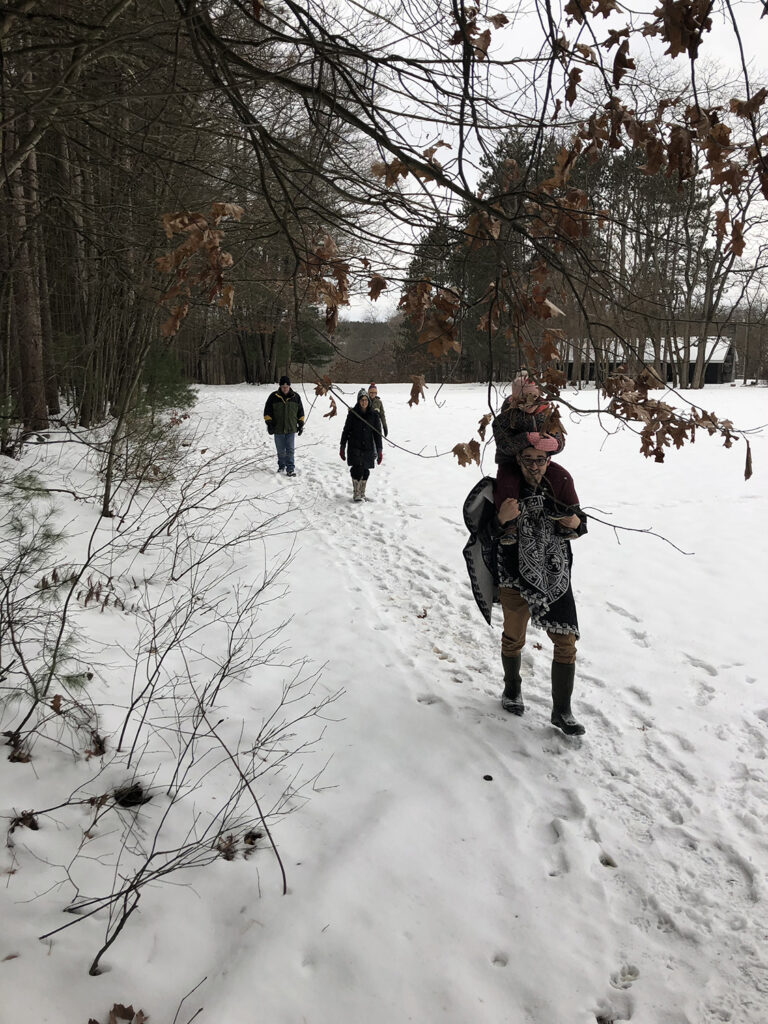
You don’t need a tag, a blind or the perfect shot to bag deer sheds. You just need a pair of boots, layers of clothing, patience, and an eye for detail. It’s almost like nature will toss me a trophy for putting in the miles in the cold.
Importantly, finding antlers can give you a sneak peak into the kinds of bucks you are likely to see next season. Finding half of a 12-point’s rack tells you that a big boy survived the previous hunt and will likely be around next fall. That’ll be a spot to mark on your map.
Finding antlers isn’t about covering a ton of ground. It’s about covering the right ground. It’s about knowing where deer spend their time in the late winter. If you’re new to shed hunting, don’t worry. I have a few tricks for where to look:
Bedding areas
Bucks tend to drop their antlers where they feel safe and comfortable. Thick cover, pine stands, and southern-facing ridges where they bed down to conserve energy and lay in the sun are prime spots.
Feeding and watering areas
Food is everything for deer this time of year, and they’re hungry. Make sure to check crop fields, food plots, and other areas where deer might gather to eat. If you see heavy deer tracks leading to a feeding zone, follow them! If you live near a stream or river, walk the edges and look for tracks. Deer are seeking open water when lakes and swamps freeze.
Trail obstacles
Deer tend to naturally shed their antlers when they bump or jar them loose. Look along heavily used deer trails, especially near fences, creek crossings, or fallen trees where bucks have to jump.
Southern-facing slopes
These sunny spots hold heat longer, making them perfect for deer to bed in the winter months. If you find a sunny hillside with good cover, slow down and scan for sheds.
I go slow and let my eyes adjust to spotting that curve of bone sticking out of the snow. There’s no pressure, just fresh air and the chance to bring home a prize.
Go alone and enjoy the quiet of the late-winter woods, or make it a group effort with friends, family, or just your dog. Whether you find a pile of sheds or just stretch your legs and get some miles in, you won’t regret spending the day outside.
Don’t let this stretch of Michigan winter break you. The bucks have dropped their antlers. Go out and find them.
Tom Zandstra is a passionate outdoorsman and CEO of The Fair Chase. Follow him on X @TheFairChase1.
